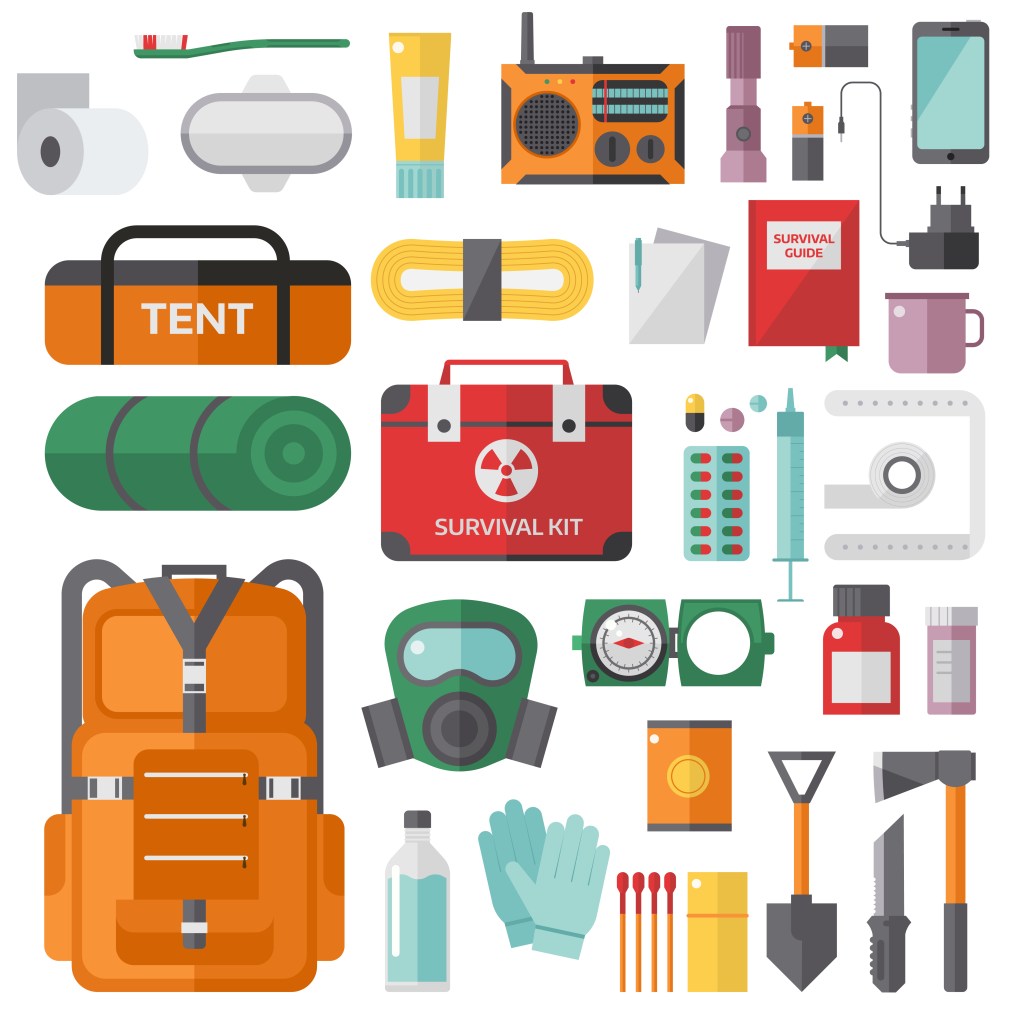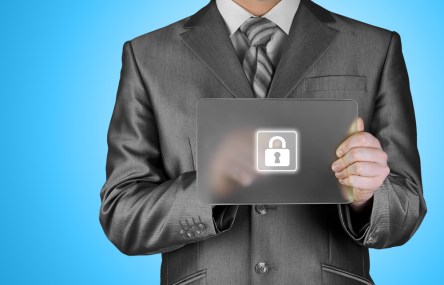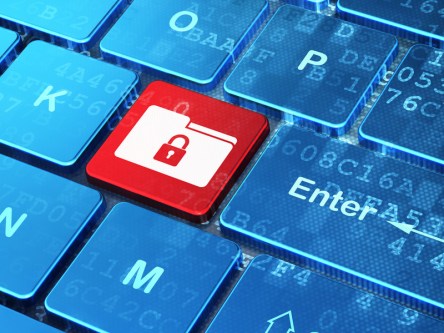How well a business manages a natural disaster or other emergency depends on its degree of readiness before, during and after the event. There is no way to guarantee that your workplace will never have to deal with a natural or man-made disasters, but by being prepared and communicating effectively employees can stay calm and get through it in good shape. Even with good plans in place, it’s important to have the right products on hand to ensure your employees and business are safe. Staples, offers some tips on equipping your business for an emergency: Purchase the basics (and then some). This includes everything from fire extinguishers, emergency preparedness kits, long-term shelf life water and food, crank-powered cell phone chargers, emergency lighting (flashlights, lanterns and glow sticks, for example), extra batteries, blankets and exit signs. Order the appropriate personal protective equipment. If employees work with potentially hazardous materials, you need to provide the right kind of protection for them, such as gloves, helmets, and respiratory protection. When PPE is used properly, it can dramatically reduce the risk of injury on the job. Stop injuries before they happen. Slips and falls are major causes for concern in a facility, so being aware of how to prevent them will help avoid dangerous injuries. This includes purchasing items like the right cleanup equipment, floor mats and carpets, and even signage for wet floors or slippery areas. Make sure the safety supplies you order are Occupational Safety and Health Administration (OSHA)-compliant. Your specific business needs may vary, but safety standards don’t, so make sure everything you’re purchasing is up-to-date and safe to use. Products available from Yardi Marketplace™ can help your staff prepare for, respond to and recover from emergencies and natural disasters. Get your property ready...
Halloween Safety
For All Treats, Fewer Tricks
During this time of year, your office is likely gearing up for ghoul-themed, candy-laden parties for your residents. A few simple tricks can help minimize risks to guests and keep your Halloween party fun and fright free. On the day of the event, you’ll likely be busy running through the office, putting up last minute decorations and arranging the food. That’s why it’s worthwhile to print a safety checklist. Decorating and Activities Make sure that hanging bats and flying ghosts are properly supported. Tug a little to make sure that you encounter resistance. Be mindful that if it’s low enough for a child to pull, a child will pull it. Avoid unnecessary fire hazards by inserting LED “candles” or glow sticks into jack-o-lanterns and glowing décor. It never hurts to have an officer on guard. Simply having the patrol car in the front of the community will remind residents to abide by the speed limit as trick-or-treaters are making their rounds. For pumpkin carving contests, minimize risk of injury by providing markers and other alternative decorating items for younger participants. Electronics Ensure that any cords that run through a walkway are smoothed out and visible to guests. If you’re fortunate enough to have warm weather in October, practice pool safety. Set up electronics a safe distance from the pool. What’s enough space? Imagine that the item fell over. If it would land in the pool, it’s too close. A few nights before, be sure to have the maintenance crew check the property for inadequate lighting, damaged lamps, or burned-out bulbs. Have all lighting in top-notch condition before trick-or-treating festivities. Food and Beverage Selling or offering drink tickets is a convenient way to moderate alcohol intake at adult parties. Severe food allergies are a buzz...
7 Security Tips
Sept. is Safety Month
September is REALTOR Safety Month, an excellent opportunity to spread awareness about security and safety issues facing our industry. The list below highlights seven safety tips that can keep you safe while working and networking online. Review your company’s internet policy and stick with it. We understand that policies are absolutely positively boring but they are in place for very good reasons. Rules for downloading apps and software can be particularly important as they prevent viruses and hackers from gaining easy access to your machine—and all of the sensitive data that can be accessed from it. Not even your mother deserves your passwords. It’s easy to let a co-worker or family member “borrow” your password for a quick login but resist the urge. You’re accountable for anything that happens when you’re signed in. Also, avoid using the same credentials for your personal and professional accounts. Your password should be as complicated as tax law. Each account should have a unique password with a mixture of characters (capitals, symbols, numbers). While they may be easier to remember, avoid using names and dates, which many people could figure out just by browsing your Facebook profile. Make security software updates automatic. You’ve got enough to remember as it is. Keep your machine, client data and personal data safe by maintaining updated security software at all times. Think twice about clicking links, even from coworkers. If you receive an email or chat from a coworker that seems suspicious—words and punctuation that they don’t use, topics they’d never broach—it’s probably a scam. Delete or quarantine the message immediately. If you’re uncertain, check with your peer through an alternate method to confirm that he or she is the sender. Invest in identity protection. In our increasingly digital age, so much...
Averting Data Disaster...
Multifamily best practices
With an interest in marketing, job title based in IT, a strong grasp of social media and a passion for real-life residents, Bill Szczytko has earned a following as someone who can be counted on to deliver prescient insight about apartment management. His network of contacts in the industry is nationwide, and he effectively uses Twitter to gain a grasp of what fellow multifamily professionals are talking about this very minute. He’ll appear at the upcoming Apartment Internet Marketing conference next Monday and Tuesday in California, where he’ll talk about avoiding landmines while doing business online. He shared a sneak peek into what those landmines look like in a recent interview. What are the most worrisome threats that multifamily firms might face from hacking? Szczytko: The most worrisome threat we face is our own complacency. Hackers want one thing. Information. This information can be social security numbers, credit card numbers, and bank account information. Some try to obtain this information for the fun of it but most use this information to make money. There are many ways they try to get it. Viruses, phishing schemes, brunt force attacks, and hacking weak user account information. Most threats can be avoided just by being smart about how you surf the internet and the kinds of passwords you create. What best practices are necessary for a company seeking to protect itself in the online realm? Szczytko: It’s essential that you have several things in place. First, is a password policy that walks a good line between passwords people can remember and security. Second, is a form of antivirus running on the company machines. The best antivirus is always you but it’s hard to get people up to the same level in regards to what is dangerous online...




